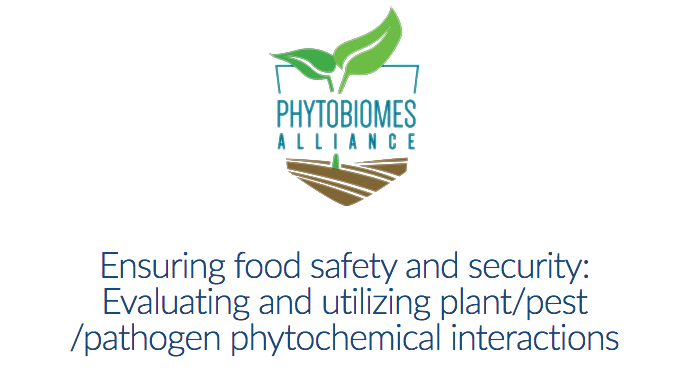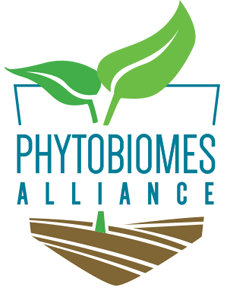
Ensuring food safety and security: Evaluating and utilizing plant/pest/pathogen phytochemical interactions
September 10, 2020
Presenters
William Hay, USDA-ARS
Outline
Ensuring food safety and security continues to be a perpetual challenge as 20-50% of all crop yields are lost to pests, plant diseases, and post-harvest damage. Mycotoxigenic fungal pathogens can not only decrease plant yields but produce harmful persistent toxins which endanger the final consumer. In this webinar we will present how a robust understanding of plant/pest/pathogen interactions can be utilized to better secure our agricultural industry.
We will present how bioactive soybean flavonoids were found to synergistically improve the insecticidal activity of the biopesticide AfMNPV baculovirus against the lepidopteran pest Trichoplusia ni. The three flavonoid compounds, daidzein, genistein, and kaempferol did not cause T ni. mortality, but the combination of the three flavonoid compounds at leaf level concentrations significantly increased baculovirus activity in diet incorporation assays.
Furthermore, we will present how rising global carbon dioxide (CO2) concentrations can change the nutritional content of wheat and increase the severity of Fusarium head blight (FHB), a devastating fungal disease of wheat. Certain strains of Fusarium graminearum increase production of the mycotoxin deoxynivalenol in response to changes in grain nutrient content. Future climate conditions may provide a pathogenic advantage on hosts with lower nutritional content, threatening global food safety and security.
